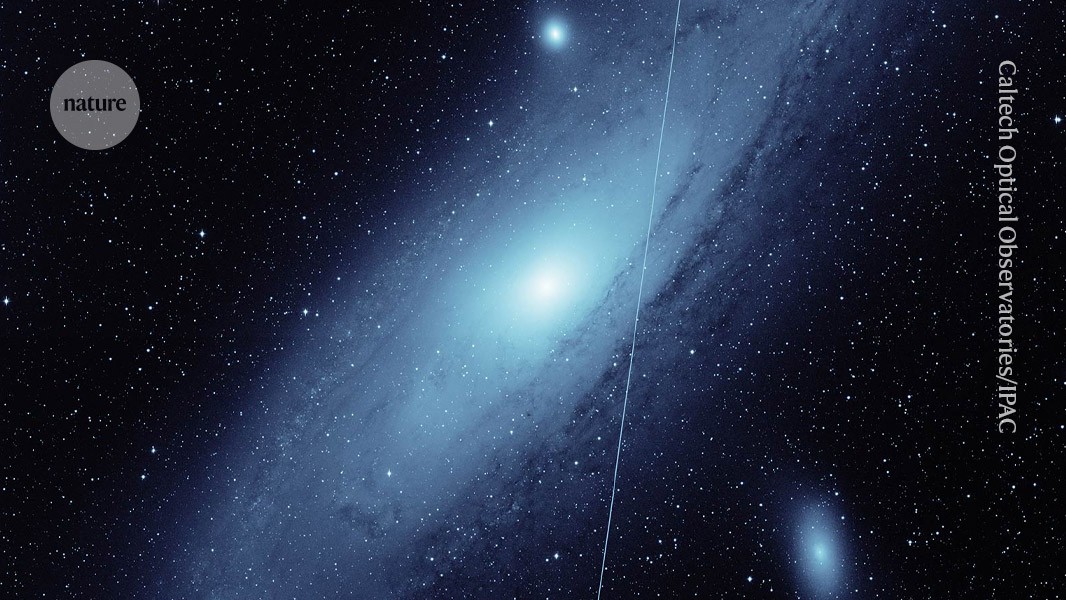**Astronomers Turn to Machine Learning to Combat Satellite Streaks**
In the vast expanse of the night sky, luminous satellite streaks have become a growing menace to astronomers. However, a glimmer of hope has arisen in the form of a machine-learning algorithm developed by researchers. This advanced technology has the capability to detect these satellite trails with impressive accuracy, making it easier to interpret data and potentially remove these disruptive streaks from astronomical images.
**A Growing Threat in the Sky**
With an increasing number of communication satellites launched into low Earth orbit, including megaconstellations such as Starlink’s ambitious G60, the impact on astronomical observations has become more pronounced. These satellites, designed to provide global internet access, invariably appear as bright streaks in telescopic images, significantly affecting observations across different wavelengths of light. Sensitive telescopes, like the upcoming Vera Rubin telescope, are particularly vulnerable to this satellite contamination, potentially compromising a significant portion of their images.
**Machine Learning to the Rescue**
María Romero-Colmenares and her team have trained a machine-learning algorithm to detect satellite trails in telescope images using a vast dataset collected from telescopes worldwide. By creating a model that can identify satellite streaks with remarkable accuracy, astronomers are one step closer to effectively eliminating these disruptive elements from their data. This technology presents a ray of hope in an increasingly challenging environment for astronomers.
**Challenges Ahead**
While detecting satellite streaks marks a significant achievement, the next hurdle lies in developing tools that can effectively remove these streaks without compromising the underlying data. Jeremy Tregloan-Reed highlights the importance of preserving the integrity of astronomical data while eradicating satellite contamination. This delicate balance requires innovative solutions that will allow observatories and amateur astronomers to identify and clean up contaminated images effectively.
**The Elusive Stellar Flashes**
Beyond the visible streaks, satellites also produce flashes that resemble astronomical transients, posing a more challenging problem for astronomers. Sergey Karpov details the difficulty in distinguishing these flashes from genuine astronomical phenomena, underscoring the complexity of the issue at hand. From satellite streaks to unexpected flashes, the challenges posed by satellite contamination are multifaceted and require nuanced solutions.
**A Call for Regulation**
As satellite technology advances and radiation emissions increase, the potential impact on astronomical observations grows exponentially. Siegfried Eggl warns of the dangers associated with unregulated radiation emissions from satellites, emphasizing the need for stricter controls to protect astronomical data. The rapid pace of satellite launches necessitates a concerted effort to mitigate the detrimental effects on astronomical research.
**Conclusion**
In the ever-evolving landscape of astronomy, the emergence of machine learning as a tool to combat satellite streaks represents a significant stride forward. As astronomers grapple with the challenges posed by an influx of communication satellites, innovative solutions are imperative to safeguard the integrity of astronomical research. By harnessing the power of technology and research, astronomers can navigate the complexities of a changing sky and preserve the wonders of the universe for generations to come.
IntelliPrompt curated this article: Read the full story at the original source by clicking here a fun game: sprunki horror

